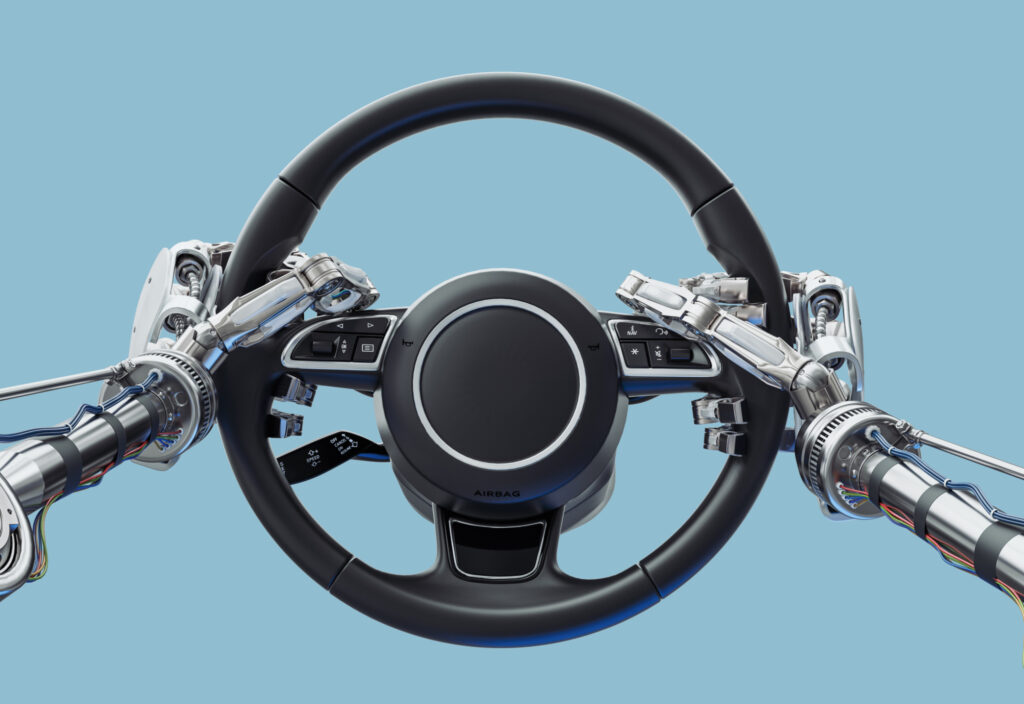Did talk of autonomous trucks begin with cruise control?
The buzz about autonomous trucks is slowly getting louder, but do we really want them? Or need them? I’m not a big fan but it doesn’t matter what I think because the engineering effort behind autonomy is huge and it’s pretty much a done deal — for some trucks in some operations and in some places at some times.
I’m stretching the point a bit, but my first experience with a semi-autonomous truck took place 35 years ago in the yard of a major fleet in Winnipeg. Yep, a long time before Daimler showed me an Actros cabover driving itself on a German autobahn in 2014. Its driver did not have his hands on the wheel or his foot on the throttle. He was on an iPad ordering pizza.
But what on earth was going on in Winnipeg?

I was there in learning mode, talking to the big cheeses, middle managers, and eventually to a white-haired veteran lease operator who had run a few miles.
“Come on out and see my new truck,” he said, so we trudged over to a shiny Peterbilt 362 cabover and climbed in. He proudly told me the spec’s – Cummins this, Fuller that – while reaching under his seat and asking, “Ever seen prairie cruise control?”
“Nope,” said I, looking at the short piece of 2×4 in his hand. I noticed it was artfully notched at both ends, and then I understood as my new friend wedged it between his seat frame and the go pedal.
“I run at night to Regina and it’s pretty quiet,” my driver friend said. “This gives me about 65 mph and my ankle never gets sore.”
I hid my reaction but immediately thought about the danger I saw there. Giving that much control to the truck – that much autonomy — in such a crude manner seemed to be all sorts of wrong. You veterans out there might tell me it was pretty common.
As an aside, non-wooden cruise control was invented by a blind American engineer in 1948, first offered as an automotive option by American Motors in 1965. It was cable-actuated. Later, of course, it was electronically operated, and I suppose that was the beginning of the advanced driver assistance systems we see today. Next, anti-lock brakes, which then spawned traction control and stability control, and we were off to the races.
Advanced, you say? The technology that sits behind an autonomous truck today is truly astonishing, with redundancies and safeguards built in as the development continues.
“What you see coming out of winter testing are advancements that … help pave the way for more of the future of advanced braking and driver assistance systems and beyond,” says Richard Beyer, Bendix vice president – technical sales and vehicle systems. “For instance, one such advancement is improving the way a system compensates for a failed steering actuator in Level 4 [L4, driverless autonomy] functions, using the electronic braking system [EBS]… to steer the vehicle even on snow or ice while keeping the vehicle on the intended path. These redundancies… are necessary for the vehicle to complete the maneuver.”
EBS controls brake pressure electronically, unlike ABS where that control signal is pneumatic from the pedal to the foundation brake. EBS has been used in Europe for almost three decades and it’s a foundational building block for L4 automation.
OK, so why am I not convinced about all this?
Operationally, among my worries is that nobody has proven to me that an autonomous truck’s electronic systems can’t be hacked.
I also don’t buy the notion that driving jobs won’t be lost. Highway runners aren’t at risk, but in some places local and short-haul jobs will be at risk sooner or later – the very jobs that a lot of long haulers do want in order to get home every night.
Have your say
This is a moderated forum. Comments will no longer be published unless they are accompanied by a first and last name and a verifiable email address. (Today's Trucking will not publish or share the email address.) Profane language and content deemed to be libelous, racist, or threatening in nature will not be published under any circumstances.